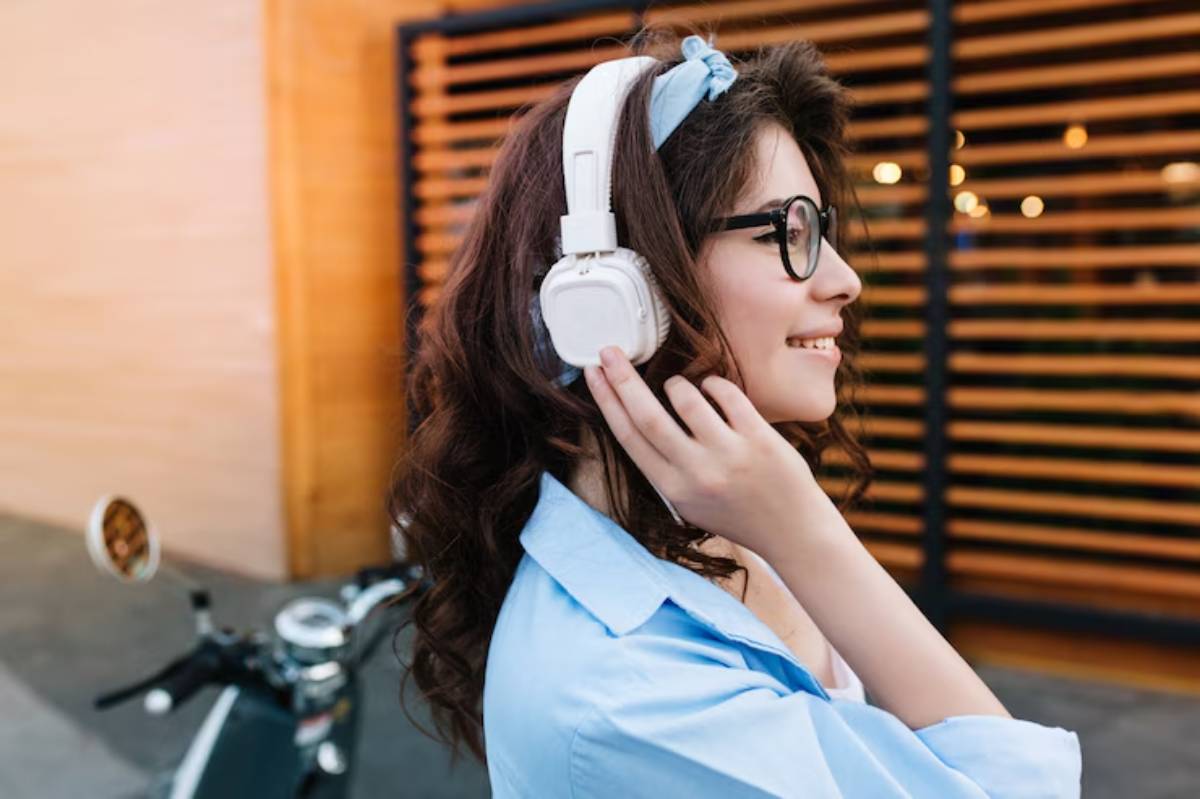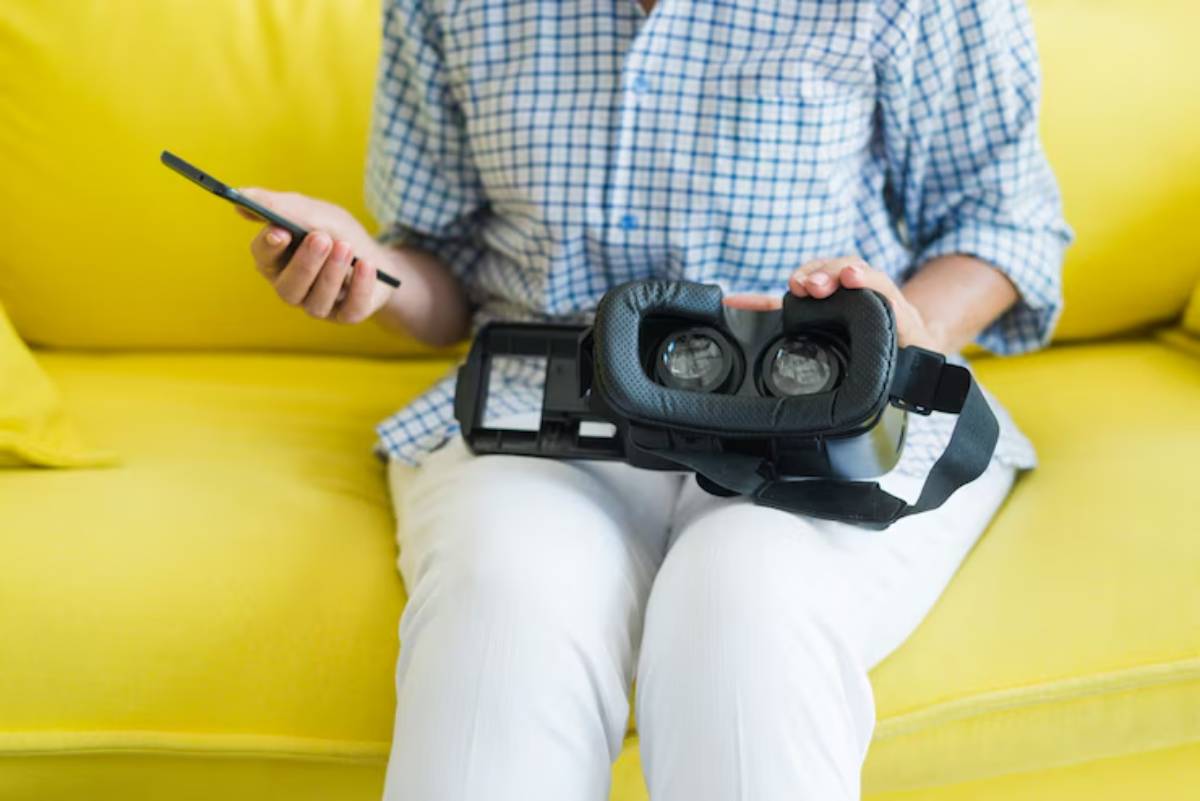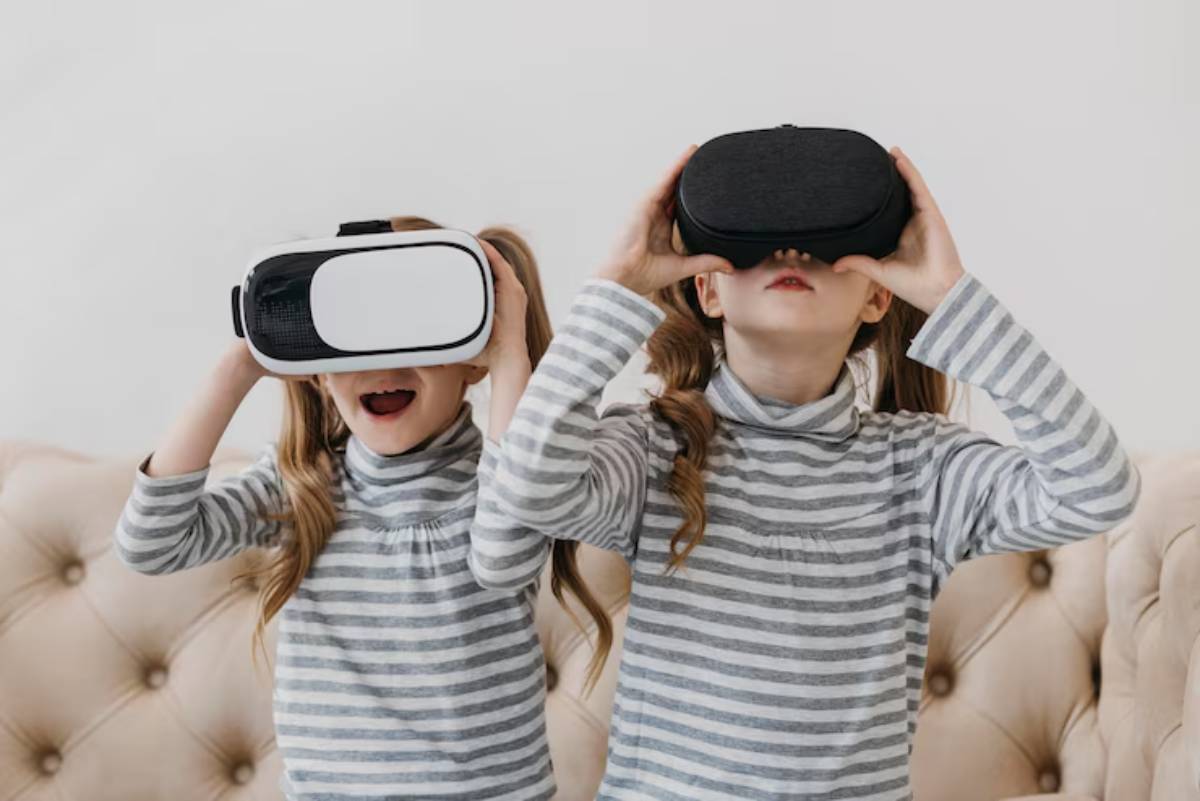
Best Safe VR Headsets for Kids
Imagine your child exploring ancient Egypt, solving maths problems in a 3D puzzle world, or dancing along to rhythm games — all without leaving the living room. Virtual reality is no longer limited to adults and techies. It’s increasingly becoming a tool for learning, creativity, and active fun for kids.
But here’s the catch: not all VR headsets are designed with children in mind.
From weight to content to privacy concerns, choosing the right VR headset for young users means balancing safety, simplicity, and screen time management. Whether you’re a parent researching the perfect birthday gift or a tech-savvy teacher looking to add VR to the classroom, this guide walks you through the best safe VR headsets for kids in 2025, along with tips on what to avoid.
What Makes a VR Headset Kid-Friendly?
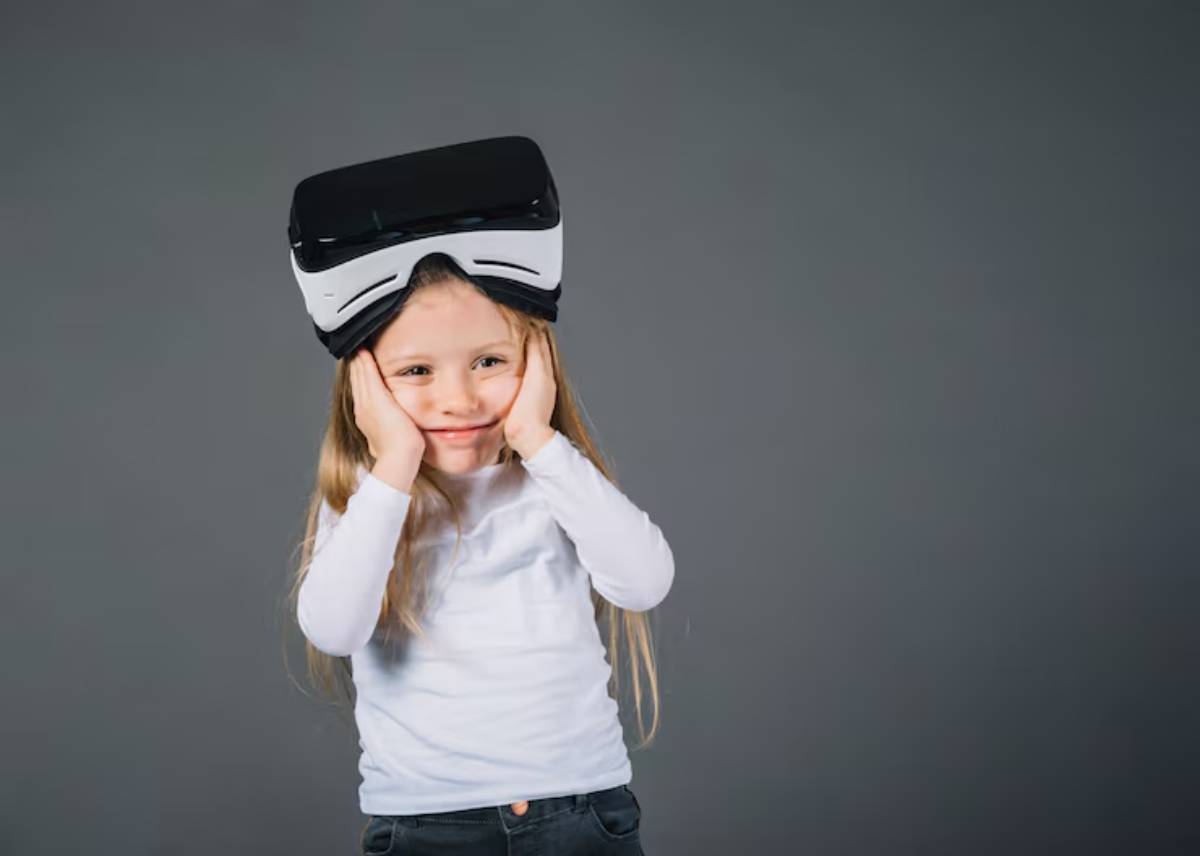
Choosing a VR headset for children goes far beyond flashy graphics or app counts. It’s about ensuring the experience is safe, comfortable, and developmentally appropriate.
Key Factors to Consider
- Size and weight: The headset should be light enough for small heads and properly adjustable.
- Comfort: Soft straps, adjustable IPD (interpupillary distance), and breathable padding matter more than you might think.
- Age-appropriate content: A curated library of educational and fun games is essential.
- Parental controls: The ability to monitor screen time and control what your child accesses is critical.
- Motion sickness and eye strain: Look for headsets with good tracking and high refresh rates to minimise discomfort.
- Offline play options: Especially for younger users, offline access offers both safety and convenience.
Recommended Age for VR Use
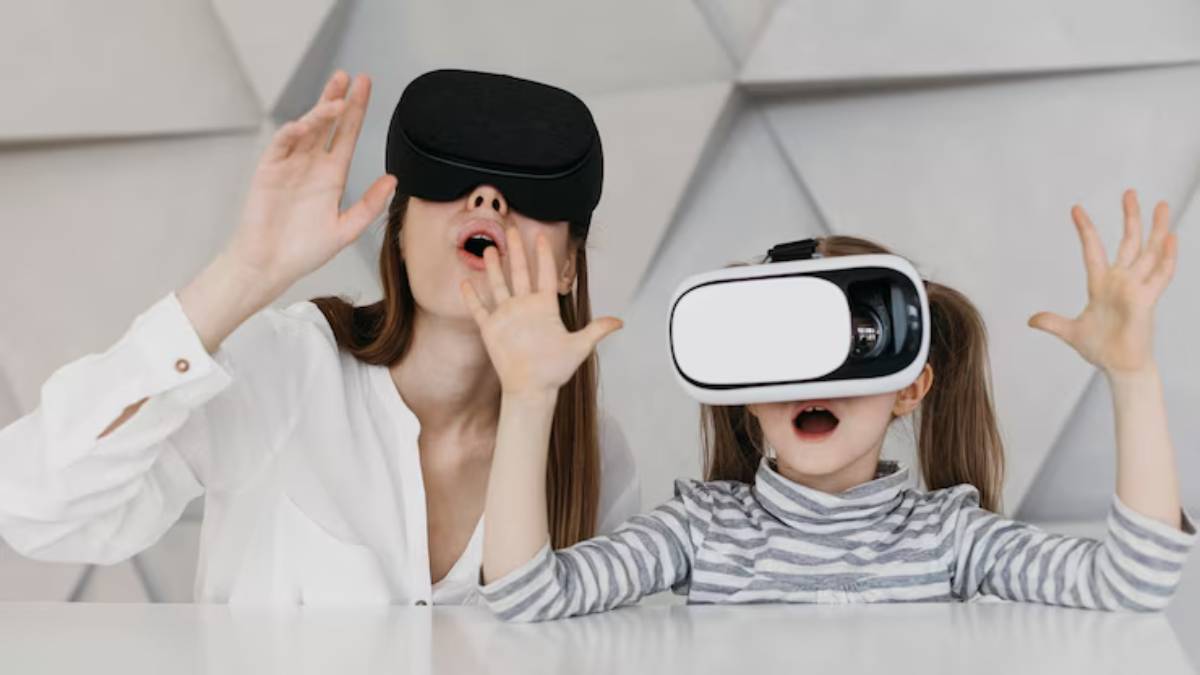
Manufacturers like Meta (formerly Oculus) recommend VR for ages 13 and up due to concerns over eye development and data privacy. However, some headsets are now purpose-built for younger age brackets, often offering limited tracking and simplified controls.
It’s always wise to consult paediatric guidelines and monitor usage time closely. Many experts recommend limiting VR to 20–30 minute sessions for children, particularly under 12.
Best Safe VR Headsets for Kids in 2025

Let’s take a closer look at today’s best family-friendly VR devices — each offering something unique depending on your child’s age, needs, and interests.
1. Meta Quest 2 (With Parental Settings Enabled)
Best for: Teens 13+ Price Range: ~£250
Type: Standalone
Though not designed for children under 13, the Meta Quest 2 can be used by teenagers responsibly when paired with strict parental controls and account supervision.
Why It’s Safe (with supervision):
- Extensive parental control options via Meta Family Centre
- Lightweight and easy to handle
- Access to a wide range of safe fitness and creative apps
Best Apps for Teens:
- National Geographic Explore VR
- Kingspray Graffiti
- Tripp (for mindfulness)
To optimise comfort for longer learning or creative sessions, consider using one of the top head straps for Meta Quest 2 & 3 to reduce pressure and improve balance on smaller heads.
2. PICO 4
Best for: Older kids and teens interested in education and fitness
Price Range: ~£429
The PICO 4 is lightweight, has a balanced halo strap, and doesn’t require social media logins — ideal for households focused on privacy.
Safety Pros:
- No Meta account required
- Highly adjustable for comfort
- Easy-to-navigate interface
Drawbacks:
- Requires more supervision when browsing app content
- Less built-in parental control support than Meta
It’s great for supervised use in classrooms or family spaces where adults are present.
3. Merge VR Headset (for Smartphones)
Best for: Ages 8–12
Price Range: ~£50–£70
This foam-based headset works with both Android and iOS devices, specifically targeting younger learners.
Kid-Safe Features:
- Made of soft, impact-resistant foam
- Designed for small heads and hands
- Compatible with Merge EDU platform — includes AR + VR learning content
Why Parents Like It:
- No built-in electronics or radiation concerns
- Great for supervised classroom activities
- Easy to clean and share between users
Limitation: The experience is limited by your smartphone’s specs and screen quality.
4. Bnext VR Pro (for Smartphones)
Best for: Beginners and young children under adult supervision
Price Range: ~£40
The Bnext VR Pro is simple, adjustable, and offers a basic introduction to 3D experiences using your existing phone.
Highlights:
- Lightweight with soft nose padding
- Adjustable pupil distance and strap fit
- Great for VR videos, 360° tours, and basic games
Use it for:
- Educational YouTube 360° experiences
- Virtual museum visits
- Story-based learning apps
Though less powerful than standalone options, it’s ideal for supervised exploration.
5. Oculus Go (Refurbished)
Best for: Light educational and passive experiences for teens
Price Range: ~£100–£150
Though discontinued, the Oculus Go still holds up for light VR use — especially for children and teens exploring 360° environments or educational apps.
Pros:
- No cables, very lightweight
- Simple interface with one controller
- Access to a range of passive media content
Cons:
- No 6DoF (degrees of freedom) tracking — best for seated use
- Limited app updates and support
Use this headset for passive VR tours, nature videos, and classroom-friendly simulations.
Parental Controls and Safety Tips
Regardless of which headset you choose, usage guidelines and settings are essential to create a safe environment.
Key Recommendations:
- Set screen time limits: Use built-in timers or external apps to cap daily use.
- Monitor content: Use headset-linked mobile apps to review activity and control access.
- Enable privacy settings: Disable data sharing and limit permissions.
- Keep sessions short and supervised: 20–30 minutes is ideal for children under 12.
- Teach safe play area habits: Ensure a clear, open space free from furniture and sharp edges.
For deeper control customisation, we recommend reviewing our full guide on setting parental controls in VR devices to help you protect your child’s safety and data privacy.
Comfort Features for Smaller Heads
Even safe content won’t help if the headset hurts after 10 minutes. Here’s what to prioritise in comfort-focused VR gear for kids:
Features to Look For:
- Halo or soft padded straps for less facial pressure
- Adjustable IPD (inter-pupillary distance) for correct focus
- PU leather or silicone face covers that can be wiped clean
- Lightweight builds (under 550g) for minimal neck strain
You can also find kid-specific accessories like mini face covers, shorter headbands, and colourful skins to personalise the experience.
Educational and Family-Friendly VR Apps
VR isn’t just about games — it’s also a powerful tool for hands-on learning and social bonding.
Top App Categories for Kids:
- STEM learning: Tilt Brush, Human Anatomy VR, Nanome
- Creative tools: Kingspray, SculptrVR, Quill Theater
- Active play: Dance Central, Fruit Ninja VR, Beat Saber (with music controls)
- Mindfulness: Tripp, Guided Meditation VR
- Storytelling and books: Wander, Anne Frank House VR, Ocean Rift
Choosing headsets with curated app libraries makes a real difference, especially if you want to turn screen time into growth time.
Conclusion: VR Can Be Safe, Fun, and Educational — When You Choose Right
VR can open doors to creativity, movement, and discovery for kids, as long as it’s guided by the right technology and clear boundaries.
From smartphone-based Merge and Bnext options for younger children, to Meta and Pico headsets for teens and older kids, there’s a solution for every age and learning stage. The key is balancing comfort, safety, and content access.
Take the time to evaluate your needs, set up the proper controls, and explore VR alongside your child, because when it’s done right, virtual reality can be as empowering as it is entertaining.
Have a favourite family-friendly VR app or headset tip? Share your experience in the comments and help other parents navigate the world of VR safely.

